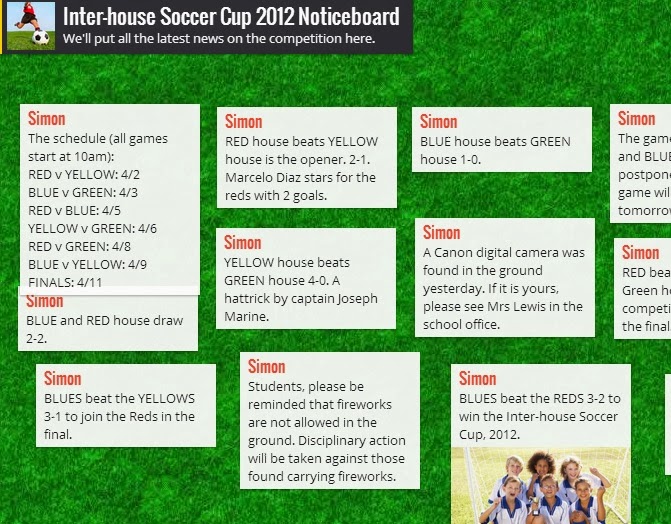

Office provide a number of accessibility features to support users.


#PADLET CODE FULL#
Encourage participants to let you know if the accessibility issues will prevent them from full participation.For example, share the link to Padlet's Accessibility and Padlet guide.Ensure participants are aware of the accessibility issues before you use it.Consider whether an alternative approach would be more suitable.When creating a padlet, you should select a plain background with sufficient contrast between the background and cards. Therefore, a browser extension, such as High Contrast for Chrome, is recommended. Colour contrastĬolour contrast cannot be controlled natively. Keyboard navigation is possible on the login page and dashboard only. Padlet is not WCAG 2.1 AA compliant as required by The Public Sector Bodies (Websites and Mobile Applications) Accessibility Regulations 2018. Everyone can work on the same padlet, or students can work on their own copyįor more detail and the most up-to-date information, visit Padlet's Accessibility and Padlet guide.Students and staff are logged into Padlet automatically.
#PADLET CODE HOW TO#
Watch this video tutorial for a step-by-step guide of how to embed your padlet into Moodle (02:21) Adding a padlet to Moodle as an external tool Clicking the image opens the padlet in a new browser window. You can use a full embed, that allows participants to post, remake, and share, or as a preview card that shows the title, owner, and up to three images from the padlet. A page or book resource would be most appropriate. You can embed a padlet anywhere in Moodle where you can add text.
#PADLET CODE CODE#
You can now save the QR code and print and place copies of the QR code on the desks, or display on a projector screen for students to scan with their mobile devices.Students can use their mobile devices to access the padlet in a face-to-face session. They will automatically be notified by email. Search by name, username, or email address and select the relevant users.This is convenient if you want to share with a small number of people. To add your URL to Moodle, follow the creating a URL in Moodle guide. You can now paste the URL into chat messages, email, blog posts, my.wbs, Word, etc.This is the easiest way to share your padlet. This will restrict whether visitors are able to read only, or whether they can post and edit content. Under Privacy in the Share menu, you can also edit visitor permissions. You should change your privacy settings in the Share menu if you want to share your padlet by another method. Padlets are created as 'private' by default, meaning they are hidden from the public and users will only be permitted access if you have specifically invited them. Click the ellipsis icon in the top right of the post for further options such as changing the colour of a post or connecting it to other posts.

To see examples of these, see the Get Inspired tab on this page.
#PADLET CODE PLUS#
Add a post by double clicking in any of the blank space of the padlet or by clicking the plus symbol in the right-hand corner.Once you have chosen all your padlet settings, at the top of the panel click Close.The Content filtering options offer you a profanity filter and/or an option to require approval before posts to the padlet are made visible to other users.If you want student comments to remain anonymous, switch off Attribution. Under Posting you can also allow students to comment or react to posts.Please consider accessibility guidelines when making changes. There are also other options to customise the appearance of your padlet in this menu.In this tab, give your padlet a title and description.Your padlet will then open with an editing or Modify panel open on the right-hand side.(This a padlet which shares links to other padlets, so click on the posts to open other examples.) Select a padlet format from the options.In your Padlet Dashboard click on Make a padlet.Sign in to Padlet through University of Warwick.


 0 kommentar(er)
0 kommentar(er)
